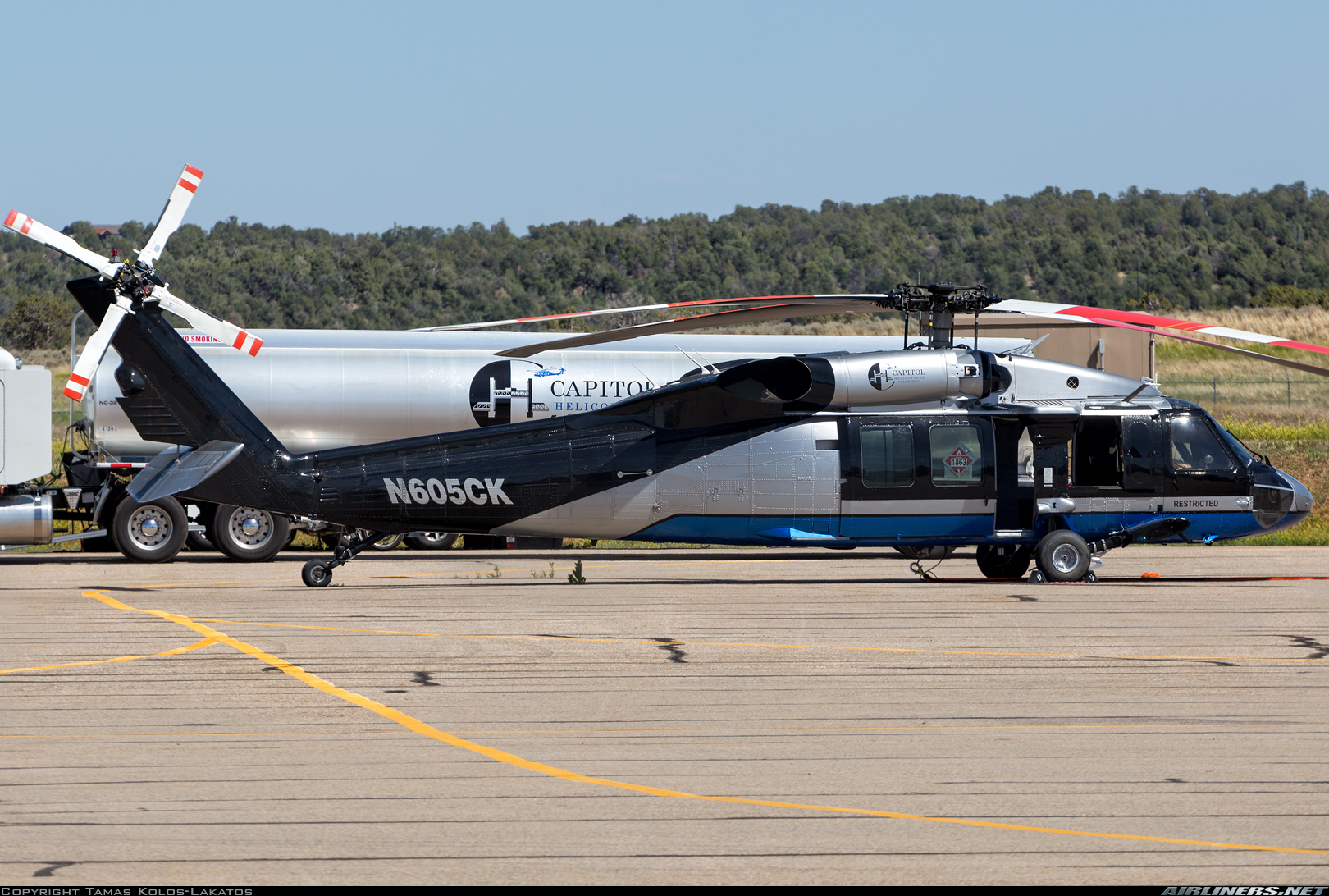Discovering the Abilities of the Sikorsky S 70: A Detailed Evaluation
Discovering the Abilities of the Sikorsky S 70: A Detailed Evaluation
Blog Article
Modernized Vertical Lift Platform With Advanced Compound Frameworks and Enhanced Precaution
In the world of vertical lift systems, a substantial change towards modernization has been observed, driven by the combination of innovative composite frameworks and heightened precaution. These improvements represent a pivotal development in the layout and capability of lift systems, promising boosted performance and integrity across numerous markets (sikorsky s 70). As industries aim for higher functional precision and safety criteria, the use of composite products and advanced safety and security attributes has actually ended up being extremely important. In discovering the merging of technology and safety in modern lift platforms, a compelling story arises, showcasing the potential for transformative advancements that accommodate the ever-evolving demands of industrial sectors.
Advancement of Upright Lift Platforms

The evolution of vertical lift platforms can be traced back to fundamental pulley systems and early elevator designs. With time, technologies such as hydraulic systems, electrical motors, and progressed control systems have significantly improved the effectiveness and safety of these platforms. Manufacturers have likewise focused on improving the stability, reach, and load-bearing abilities of upright lift platforms to meet the varied needs of various industries.
In addition, the assimilation of clever modern technologies like sensing units, IoT connection, and automation features has further changed the capabilities of modern-day upright lift systems. These technological enhancements not just boost functional productivity however likewise guarantee heightened safety requirements for employees making use of these systems at numerous elevations. The continual advancement of vertical lift platforms highlights their crucial function in boosting upright flexibility throughout markets.
Integration of Advanced Compound Frameworks

Furthermore, making use of innovative composite materials permits for more complicated and optimized architectural layouts, enabling designers to tailor the platform's residential properties to meet particular performance demands. This modification can result in improved the rules of aerodynamics, lowered resonances, and enhanced overall security during operation. The integration of innovative composite frameworks likewise adds to a decrease in upkeep expenses and downtime, as these products show excellent resistance to ecological variables and have a longer life span compared to traditional products. Generally, the incorporation of advanced composite structures in contemporary vertical lift systems stands for a substantial development in aerospace technology, resulting in a lot more efficient, reputable, and safer airborne transport systems.
Improved Precaution Execution
Implementing enhanced security steps is essential in making sure the ideal performance and reliability of modern-day vertical lift platforms. One key element of boosted safety procedures is the integration of sophisticated sensing unit innovations to check different criteria in real-time.

Market Applications and Benefits
With developments in innovation and design, modernized vertical lift systems have located diverse applications across different industries, offering substantial benefits in performance and efficiency. In the production sector, these platforms streamline the process of transporting heavy products and devices within centers, lowering hand-operated handling and improving operational performance. The building sector gain from vertical lift systems by enabling workers to accessibility raised areas safely and successfully, improving overall task timelines. Warehousing and logistics business make use of these platforms to enhance storage space use and assist in quicker selecting and packing procedures.
Moreover, vertical lift platforms play a vital role in the repair and maintenance of framework such as bridges, high-voltage line, and buildings, permitting professionals to reach inaccessible areas effortlessly (sikorsky s 70). The aeronautics industry additionally leverages these systems for airplane upkeep and assembly jobs, enhancing operations efficiency and ensuring worker security at elevations. Generally, the prevalent adoption of modernized vertical lift systems across industries underscores their convenience and the substantial improvements they bring to different operations
Future Trends in Lift System Technology
Incorporating advanced automation and smart attributes, lift system technology is positioned to revolutionize vertical transportation systems in the future. One crucial pattern is the integration of Web of Points (IoT) technology, making it possible for lift systems to connect real-time information for predictive upkeep, maximizing performance, and boosting safety and security. Fabricated knowledge and machine knowing algorithms see this website are also being included to evaluate patterns, forecast prospective issues, and boost efficiency. Moreover, using sophisticated materials such as carbon fiber composites gets on the rise, providing boosted resilience and toughness while decreasing overall weight. Enhanced safety and security steps, consisting of biometric verification and emergency situation feedback check out here systems, are ending up being typical attributes to make certain passenger safety and security. Additionally, modular designs and adjustable configurations are getting appeal, permitting greater adaptability to various settings and demands. As lift platform modern technology proceeds to advance, these patterns are readied to form the future of vertical transportation, making it extra reliable, risk-free, and user-friendly.
Conclusion
Finally, the modernized upright lift platform showcases the advancement of innovation in the sector. By incorporating advanced composite structures and boosted safety steps, this platform supplies enhanced efficiency and safety for different applications. The industry can benefit greatly from these innovations, and future patterns in lift system modern technology are most likely to proceed improving upon these developments for even greater success and efficiency.
In the world of upright lift systems, a substantial shift towards modernization has actually been observed, driven by the assimilation of innovative composite frameworks and increased safety measures. The continuous evolution of vertical lift systems emphasizes their vital function in enhancing vertical mobility across industries.

The incorporation of sophisticated composite frameworks in contemporary vertical lift platforms has dramatically boosted their architectural honesty and efficiency abilities. By integrating these advanced compounds into the layout and building and construction of vertical lift systems, suppliers can decrease total weight, boost load-carrying capacity, and improve the system's longevity and durability.
Executing improved security steps is essential in making sure the ideal performance and integrity of modern vertical lift platforms.
Report this page